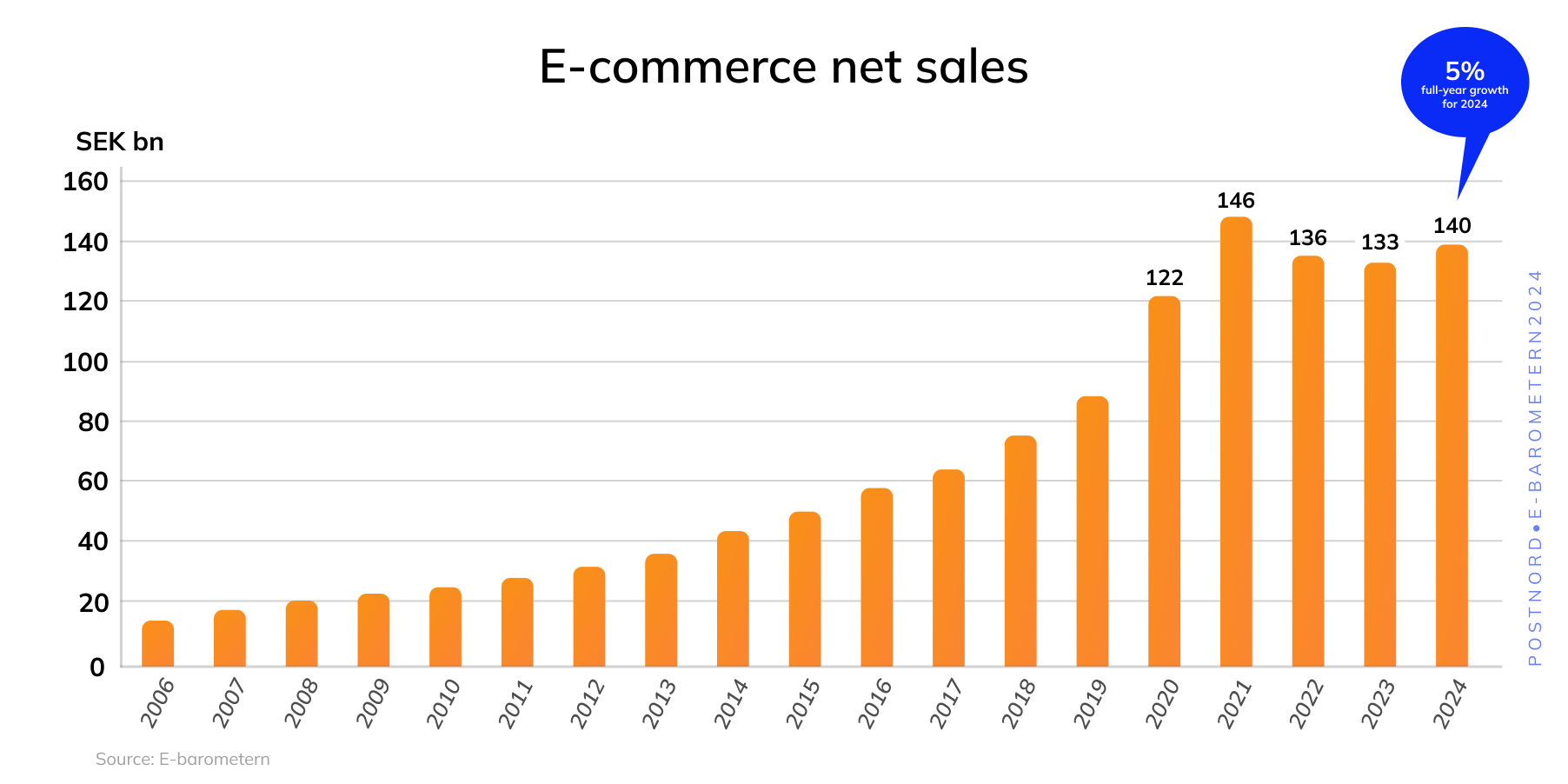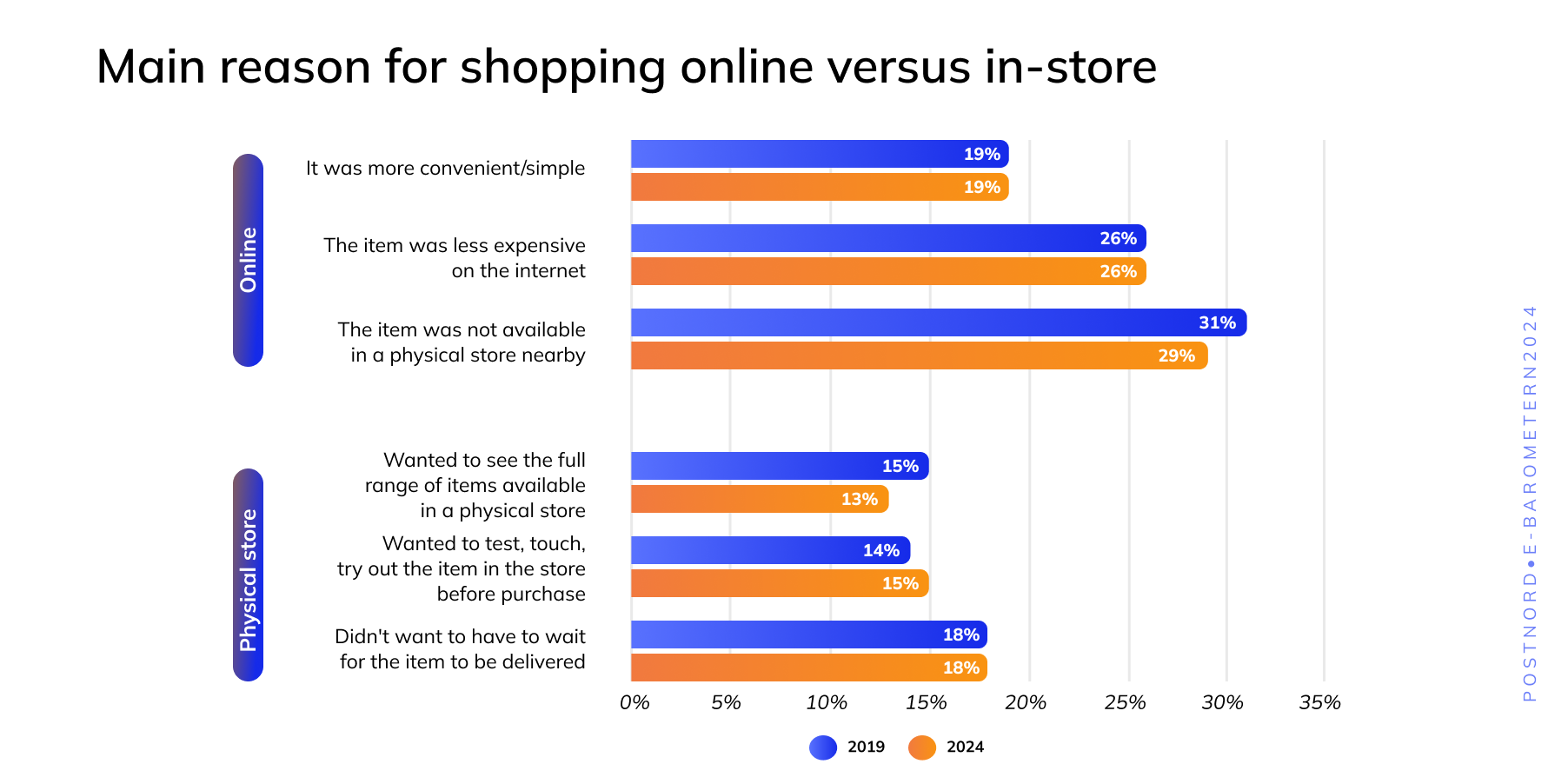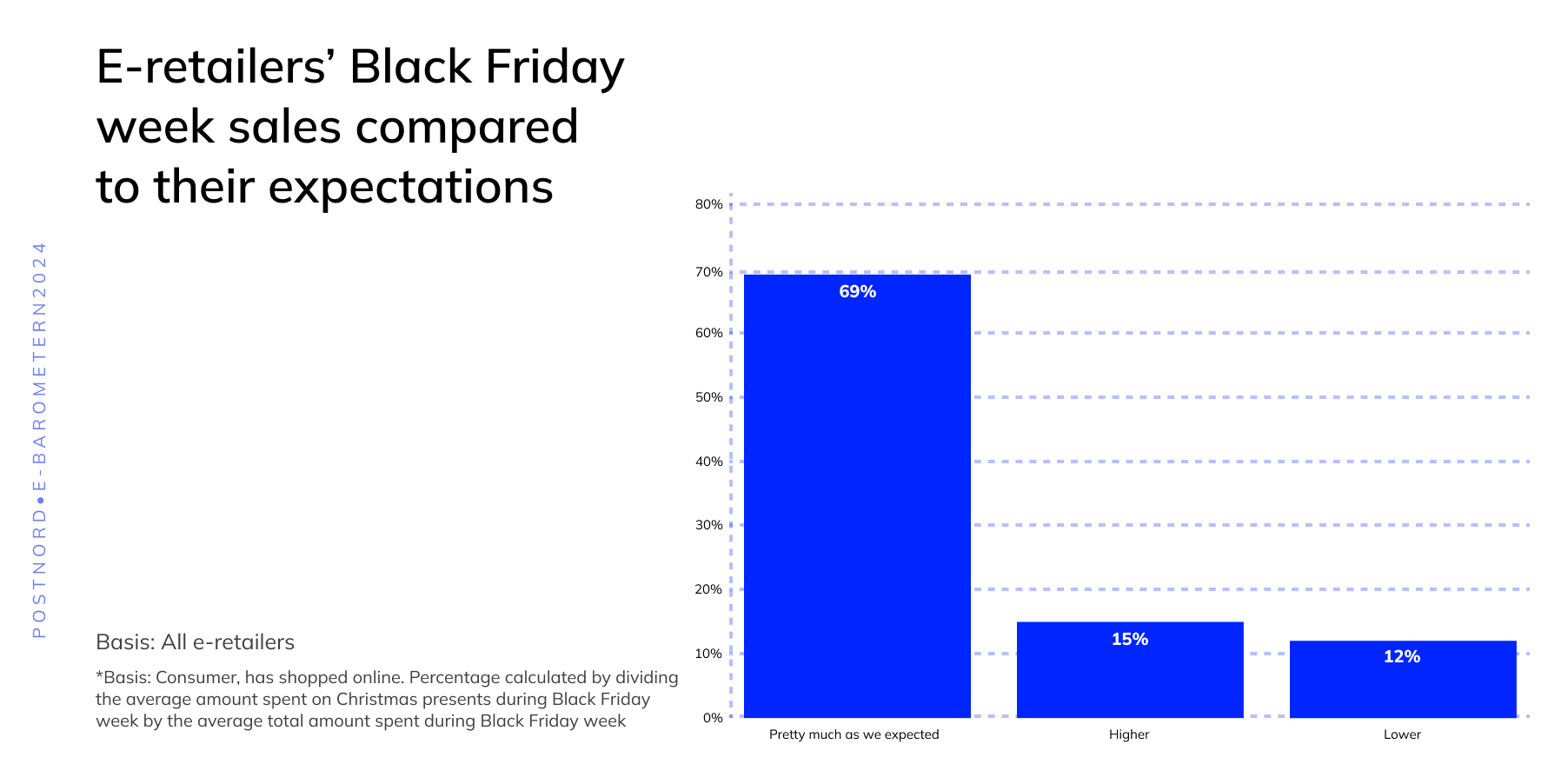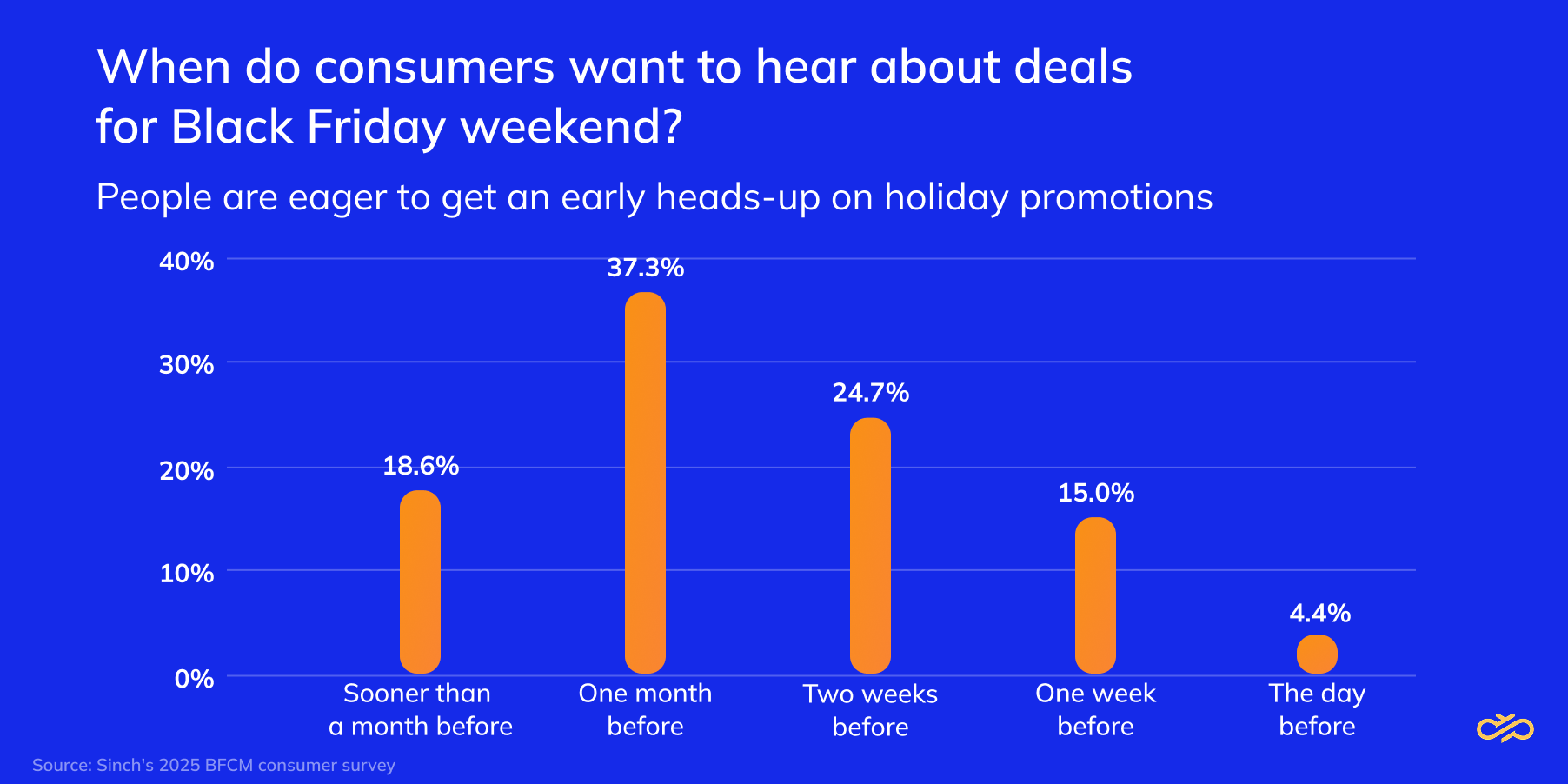Black Friday sale in Sweden: How Retailers Can Capture the Holiday Demand Without Losing Margin
October 28, 2025

The holiday season in Sweden, from late November to Christmas, traditionally brings retailers the largest share of their annual profits. However, it also presents significant challenges for businesses. This article examines how Swedish consumer behavior has evolved, the difficulties sellers currently face, and the steps companies can take to prepare for the Black Friday and Christmas sales season.
How Consumer Behaviour Has Changed
According to PostNord’s 2024 report, Sweden’s e-commerce market reached SEK 140 billion, marking a 5% increase compared to 2023. This signals a gradual recovery in consumer confidence after several years of slowdown.

Moreover, 37% of purchases made during Black Friday Sweden are already Christmas gifts — showing that consumers start their holiday shopping much earlier and that the sales period now stretches over a longer period.
In this environment, retailers, manufacturers, and distributors need to understand how Swedish consumers’ habits have shifted, and how these changes influence their business strategy, pricing, and supply planning.
The Rise of Online Consumption and Mobile Shopping
Swedes have long been among Europe’s leaders in digital adoption, and their e-commerce market continues to grow steadily. According to DataFeedWatch, over 35% of Swedes make online purchases using mobile phones — one of the highest rates in Northern Europe.
PostNord data shows that convenience remains the main driver for Swedish consumers shopping online, cited by 19% of respondents. Another 26% said lower prices were the key factor, while 29% mentioned that the products they wanted were not available in nearby physical stores.
This highlights that for Swedish shoppers, online channels provide access to a wider range of products, especially those typically purchased during Christmas in Sweden.

Rising Customer Expectations
Swedish consumers now expect a seamless and reliable shopping experience. If a website slows down or a delivery is delayed, they switch to competitors instantly.
A study by Elastisys found that during Black Friday 2018, 25% of Swedish e-commerce websites experienced performance issues, and some even suffered full outages — costing businesses millions of kronor in lost sales.
According to PostNord, six out of ten Swedes consider delivery speed and convenience the most important elements of their online shopping experience.
The Extended Holiday Shopping Season
According to the DHL Ecommerce Report, around 75% of Swedish consumers make purchases when Black Friday in Sweden. However, the average order value is decreasing — shoppers are now more likely to buy several lower-priced items instead of one expensive product. This trend reflects more cautious spending and a tendency to shop across several discount events during the festive months.
Swedes are also starting their Christmas shopping earlier, making use of Black Friday deals in Sweden as early as the beginning of November. As a result, the shopping weeks are stretching over a longer period, with consumers actively looking for the best offers rather than waiting for the official Black Friday in Sweden.
Key Challenges for Retailers
When is Christmas in Sweden approaches, this period represents both a golden opportunity and a stress test for businesses. When demand surges, every link in the chain — from warehouse operations to website performance — must run smoothly.
Despite strong sales volumes, not all companies are satisfied with their results. According to PostNord, only 15% of Swedish retailers exceeded their forecasts during Black Week 2024, while the majority reported results that were merely “as expected.”

This shows that the success of seasonal sales depends not on the size of discounts, but on a company’s ability to handle demand surges efficiently.
Below are the primary challenges that Swedish retailers face during the holiday season.
- Unpredictable demand and stock shortages. Retailers must accurately anticipate demand. Too few items lead to shortages, while overstocking increases losses. According to Capgemini, 39% of retailers find it difficult to forecast sales volumes due to changing consumer habits and ongoing economic uncertainty.
- Overloaded logistics and delivery delays. During peak weeks, order volumes can overwhelm delivery services. PostNord reports that over half of Swedish shoppers expect delivery within 1–2 days of placing an order — meaning even small delays can hurt customer satisfaction and trust.
- IT system overloads and website crashes. On Black Friday, website traffic can increase three to five times. If servers can’t handle the load, sites may slow down or become unavailable. Businesses should therefore stress-test their systems in advance to ensure stability during sales peaks.
- Rising competition in digital advertising. With hundreds of brands competing for attention, ad costs rise sharply in the run-up to Christmas. To stand out, retailers must go beyond price cuts — building strong, personalized communication with customers through email campaigns, push notifications, and retargeting that start well before the sales period.
- Product returns. After the holidays, return volumes increase as gifts may not fit or appeal to recipients. A complicated or paid return process discourages purchases, so simplifying returns can directly impact conversion and loyalty.
The holiday period is not just about Christmas celebrations in Sweden — it’s also a valuable moment to identify a company’s weak points. Businesses that analyze their past campaigns and adapt quickly tend to perform better year after year: optimizing logistics, refining marketing strategies, and improving the overall customer experience.
How to Prepare for the Holiday Season
Retailers, distributors, manufacturers, and suppliers who prepare early gain not only higher sales but also peace of mind during the busiest weeks of the year.
Beyond the usual operational tasks, it’s worth exploring seasonal opportunities — such as participating in a Christmas market in Sweden or partnering with local stores that experience increased traffic during the festive period. For some businesses, this is a valuable chance to showcase their products at the best Christmas markets in Sweden and attract new audiences to their brand.
To make the most of this potential and confidently navigate the busiest shopping weeks of the year, below are practical steps to help you plan effectively and manage the holidays without stress.
1. Analyze Demand and Prepare Inventory
Review previous sales data to identify which products performed best during Black Friday sales in Sweden and the Christmas sale in Sweden. Focus on these categories, but also maintain a buffer stock — an additional reserve of products for several extra days of peak demand — to avoid running out of popular items when sales surge.
Negotiate with suppliers for fast restock options or pre-booked inventory. Segment your product range into proven bestsellers and new arrivals so that you can adapt quickly to shifts in demand and minimize excess inventory after the holidays.
2. Check Your Logistics Readiness
Sign agreements with courier services well in advance — during the peak sales, available capacity is extremely limited. Arrange for additional weekend deliveries and the use of pick-up points to reduce pressure on your shipping operations.
Swedish companies can also test new tools such as the ServiCom marketplace, which helps integrate all processes — from order placement to delivery — on a single platform. This is especially valuable when every hour counts during Black Friday and Christmas.
Don’t forget your internal workflows: optimize packing and sorting at the warehouse. Clear labelling and automation can save valuable hours during the busiest days of the year.
For more insights on whether it’s more cost-effective to manage delivery in-house or use a fulfillment service, see our dedicated article on the topic.
3. Start Your Marketing Earlier Than Competitors
Launch your first campaigns as early as October or the beginning of November. According to Sinch, 37.3% of consumers believe that seasonal discounts should start by late October, while 18.6% would like them to begin even earlier.

To keep shoppers engaged, communicate through multiple channels — email, SMS, push notifications, and social media. Be transparent about delivery and return policies, as clarity builds trust. Short, time-limited promotions lasting just a few hours can also create a sense of urgency and drive faster purchasing decisions.
4. Prepare Your Website for Heavy Traffic
Make sure your website can handle a 3–5x increase in traffic during the sales peak:
- Test how well it performs under heavy load.
- Enable features that improve page loading speed.
- Set up backup servers in case of downtime or system failure.
Create a simple waiting page with a newsletter sign-up button — this helps you retain potential customers even if your site temporarily goes offline. And don’t forget to set up real-time monitoring so your team can respond instantly to any technical issues.
5. Simplify the Product Return Process
During the holiday weeks, return rates typically increase — gifts may not fit or simply may not appeal to the recipient. Make the return process as simple as possible: include an online return form, allow drop-offs at pick-up points, and clearly outline deadlines and conditions on your website.
To build trust, consider offering free returns for selected product categories. After the holidays end, analyze the reasons for returns — this insight will help reduce return rates and improve customer satisfaction in the future.
Conclusion
The holiday period is not only an opportunity to boost sales, but also a real test of a company’s ability to perform efficiently under peak pressure. Businesses that prepare early don’t just make it through the peak trading period without disruptions — they build a reputation as a reliable, customer-focused brand that delivers excellence even during the busiest days of the year.









